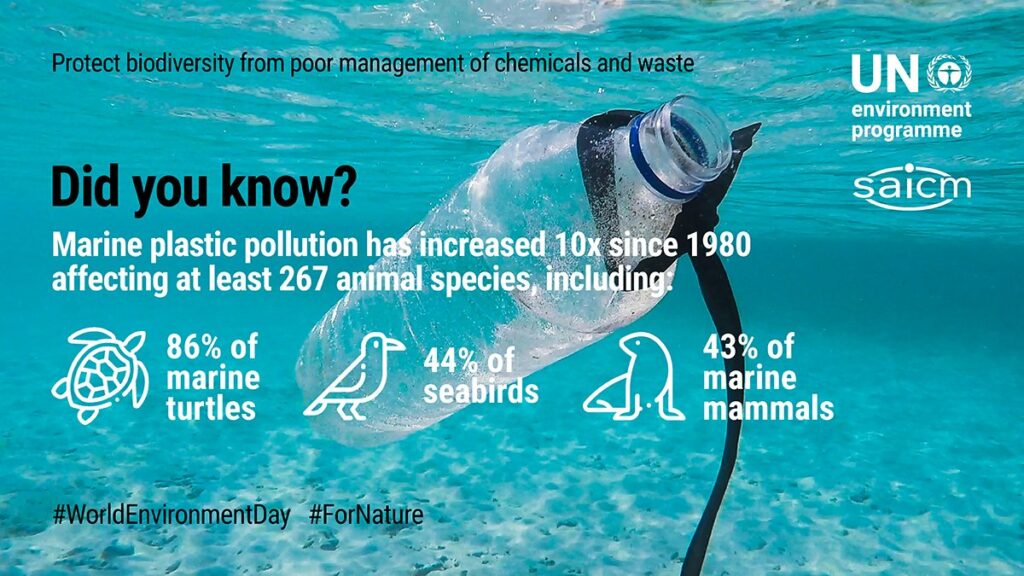Report on Cocaine Seizure at Blue Water Bridge and Cross-Border Drug Trafficking
Summary of Incident
Authorities on the Canadian side of the Blue Water Bridge seized over 400 pounds (187 kilograms) of suspected cocaine in June 2025. The Canada Border Services Agency (CBSA) estimated the street value of the seized drugs at $23.3 million. The seizure occurred during a secondary examination of a commercial truck entering Canada from the United States, where narcotics-detecting dogs discovered 161 bricks of suspected cocaine concealed in six boxes.
Arrest and Enforcement Actions
- The truck driver, Karamveer Singh, 27, from Brampton, Ontario, was arrested and handed over to the Royal Canadian Mounted Police (RCMP).
- Gary Anandasangaree, Canada’s Minister of Public Safety, emphasized the importance of the seizure in protecting Canadian communities and highlighted the critical role of CBSA and RCMP in preventing contraband entry.
Border Drug Seizure Statistics
- In 2025, Canadian border services officers have seized a total of 978 kilograms (over 2,500 pounds) of cocaine at Southern Ontario ports of entry.
- For fiscal year 2024, Canadian officials reported seizing more than 164,000 pounds of illegal drugs, significantly surpassing the 11,600 pounds seized by U.S. Border Patrol.
- Between February and May 2025, U.S. Customs and Border Protection (CBP) seized 4,211 pounds of drugs along the northern border, marking a 36% decrease compared to the same period in 2024.
Cross-Border Drug Trafficking Context
- Michigan and Ontario share a 721-mile border, making it a critical point for monitoring drug trafficking.
- The flow of dangerous drugs, particularly fentanyl, across the U.S.-Canada border remains a significant concern and a focal point in bilateral trade and security discussions.
- Operation Blizzard, a Canadian month-long crackdown, revealed that over two-thirds of illegal drugs seized were entering Canada from the United States, with less than 20% flowing from Canada into the U.S.
Emphasis on Sustainable Development Goals (SDGs)
SDG 3: Good Health and Well-being
The seizure of large quantities of cocaine and other illegal drugs directly contributes to SDG 3 by reducing the availability of harmful substances that threaten public health. Preventing drug trafficking helps combat substance abuse and associated health risks in communities on both sides of the border.
SDG 16: Peace, Justice, and Strong Institutions
Effective law enforcement actions by CBSA and RCMP support SDG 16 by promoting peaceful and inclusive societies. The arrest of traffickers and disruption of drug supply chains strengthen institutions and uphold the rule of law, enhancing community safety and security.
SDG 17: Partnerships for the Goals
Cross-border cooperation between Canadian and U.S. authorities exemplifies SDG 17 by fostering partnerships to combat transnational crime. Joint operations and data sharing improve the effectiveness of drug interdiction efforts, contributing to sustainable development and regional stability.
Conclusion
The recent cocaine seizure at the Blue Water Bridge highlights ongoing challenges and successes in combating drug trafficking along the U.S.-Canada border. Continued enforcement efforts, supported by international collaboration, are essential to advancing multiple Sustainable Development Goals, particularly those related to health, justice, and partnerships.
1. Sustainable Development Goals (SDGs) Addressed or Connected
- SDG 3: Good Health and Well-being
- Focus on combating substance abuse and its health impacts.
- SDG 16: Peace, Justice, and Strong Institutions
- Emphasis on law enforcement, border security, and reducing illicit drug trafficking.
- SDG 17: Partnerships for the Goals
- Collaboration between Canadian and U.S. authorities in drug interdiction efforts.
2. Specific Targets Under Those SDGs
- SDG 3: Good Health and Well-being
- Target 3.5: Strengthen the prevention and treatment of substance abuse, including narcotic drug abuse and harmful use of alcohol.
- SDG 16: Peace, Justice, and Strong Institutions
- Target 16.1: Significantly reduce all forms of violence and related death rates everywhere.
- Target 16.4: By 2030, significantly reduce illicit financial and arms flows, strengthen the recovery and return of stolen assets, and combat all forms of organized crime.
- Target 16.6: Develop effective, accountable, and transparent institutions at all levels.
- SDG 17: Partnerships for the Goals
- Target 17.16: Enhance the global partnership for sustainable development, complemented by multi-stakeholder partnerships that mobilize and share knowledge, expertise, technology, and financial resources.
3. Indicators Mentioned or Implied to Measure Progress
- Indicator for SDG 3.5:
- Quantity of illegal drugs seized (e.g., kilograms or pounds of cocaine and fentanyl intercepted).
- Number of arrests related to drug trafficking.
- Indicators for SDG 16 Targets:
- Volume of illicit drugs seized at borders (e.g., 978 kg seized at Southern Ontario ports, 164,000 pounds seized by Canadian officials in fiscal year 2024).
- Number of operations/crackdowns conducted (e.g., Operation Blizzard).
- Cross-border drug flow statistics (percentage of drugs flowing into Canada vs. into the U.S.).
- Indicators for SDG 17.16:
- Level of cooperation between Canadian and U.S. border agencies (joint operations, data sharing).
- Effectiveness of partnerships in reducing drug trafficking volumes.
4. Table: SDGs, Targets and Indicators
| SDGs | Targets | Indicators |
|---|---|---|
| SDG 3: Good Health and Well-being | 3.5: Strengthen prevention and treatment of substance abuse |
|
| SDG 16: Peace, Justice, and Strong Institutions |
|
|
| SDG 17: Partnerships for the Goals | 17.16: Enhance global partnerships for sustainable development |
|
Source: voicenews.com







